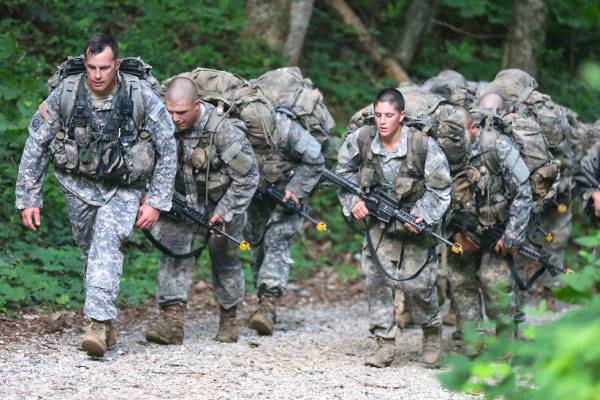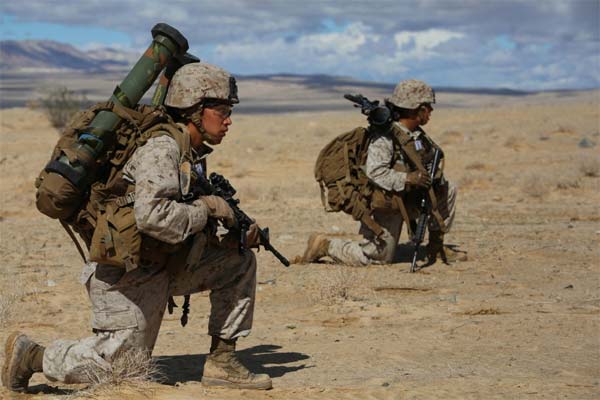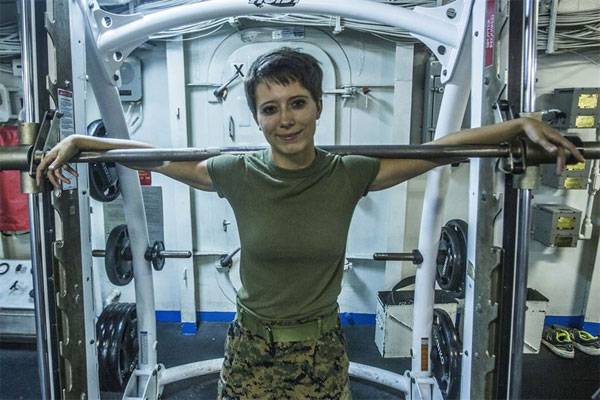2aguy
Diamond Member
- Jul 19, 2014
- 111,969
- 52,237
- 2,290
To the men and women who will now die in combat because of the politically correct need to make men and women the same........sorry, we tried to warn the left wing regressives...but they didn't care.....they prefer deaths on the battlefield than accepting the reality that there are differences between men and women...
AP News - Navy secretary to Marines: Women in combat is irreversible
AP News - Navy secretary to Marines: Women in combat is irreversible










